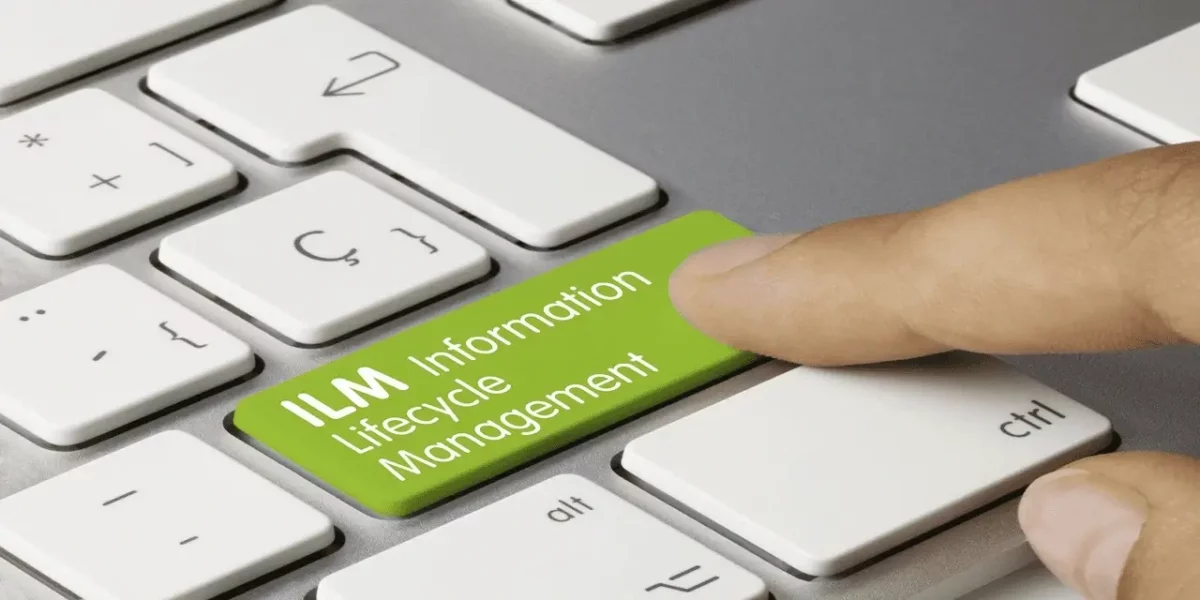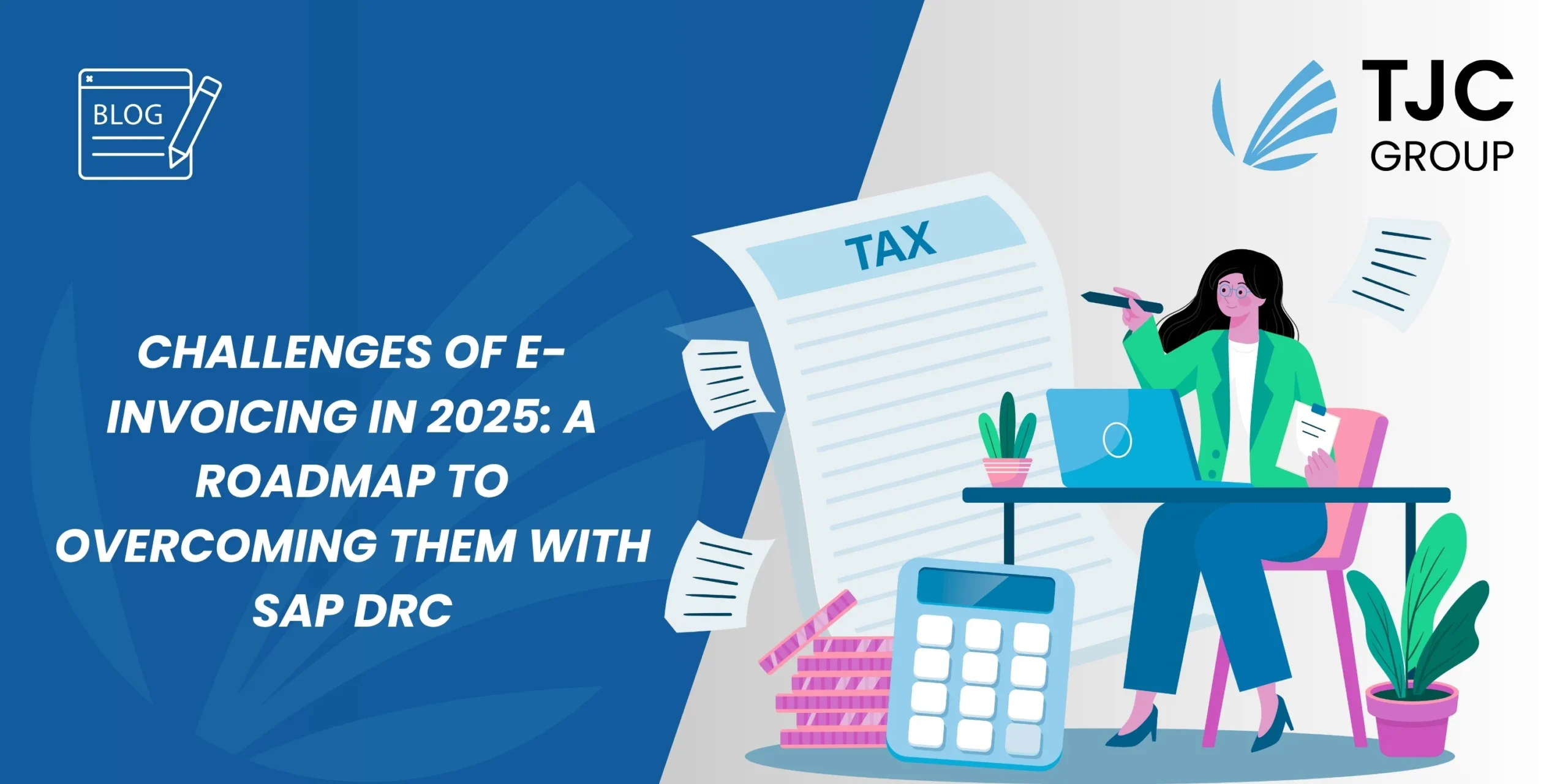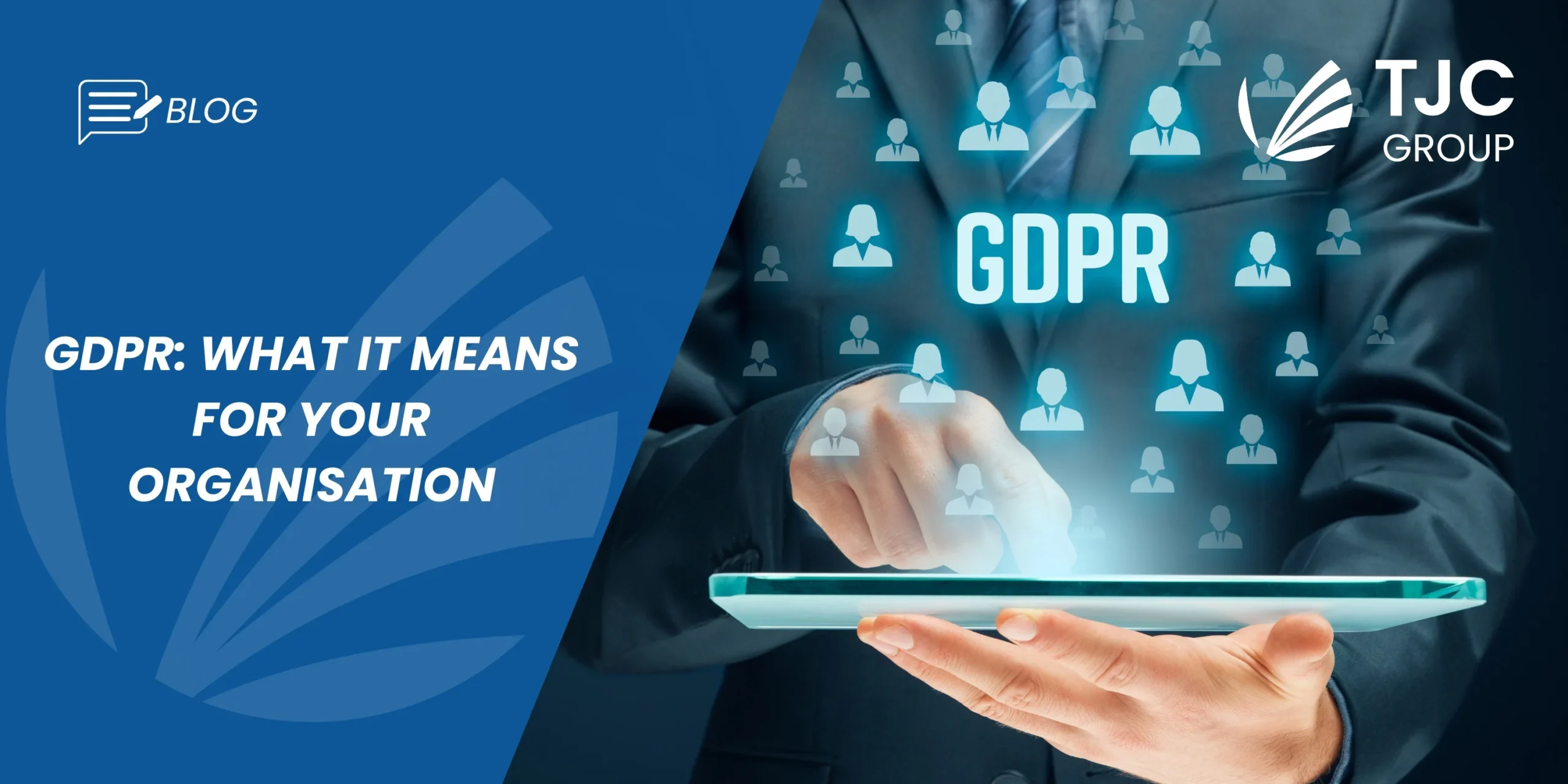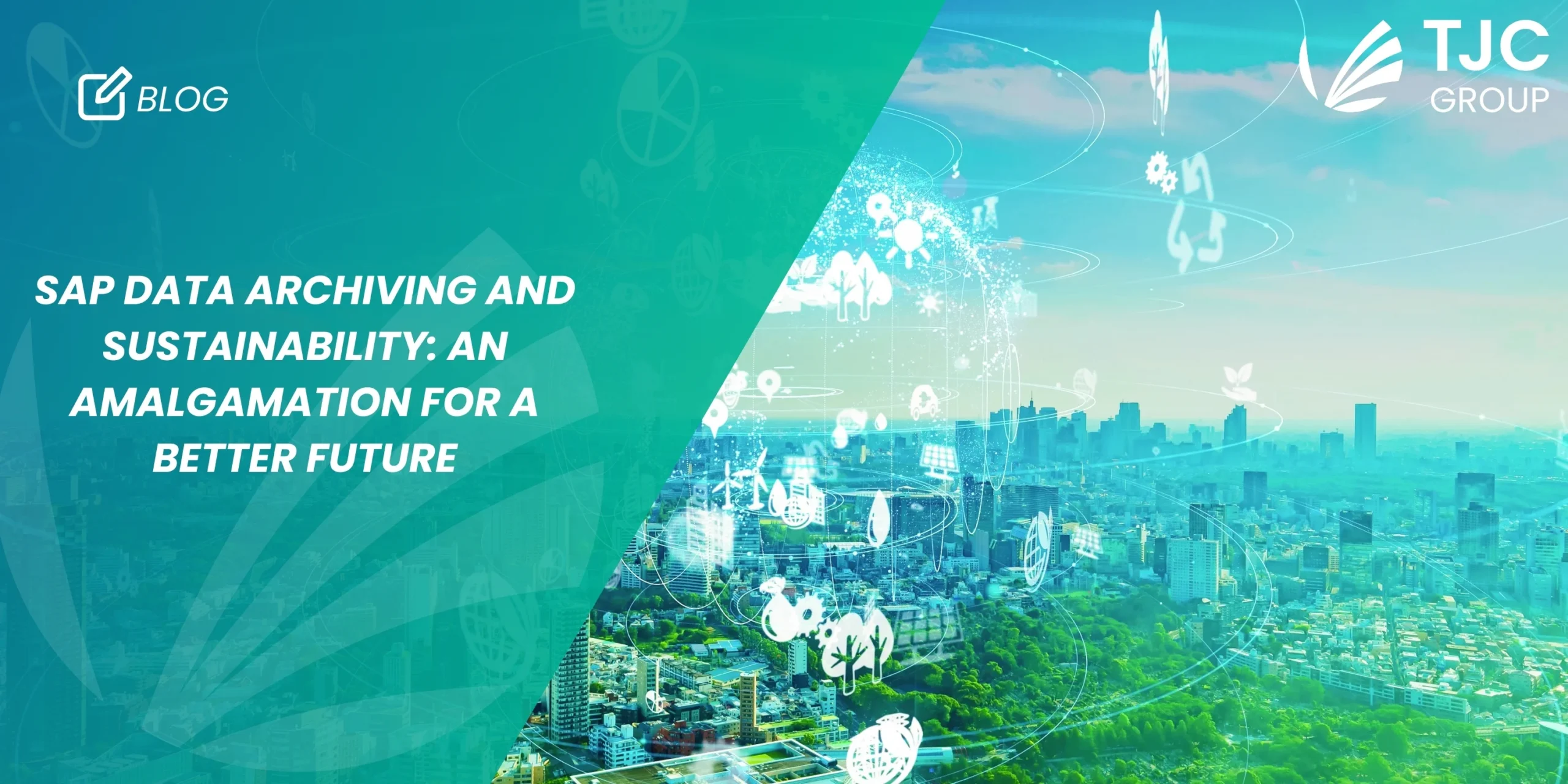Many organisations undertake SAP data archiving with the assumption that because they are archiving off legacy data, they have an ongoing ILM (information lifecycle management) strategy. They are mistaken and if your company falls into this camp, this article will explain the difference between archiving and ILM and importantly, why it matters.
What is SAP ILM?
Data Archiving is one, albeit very important, aspect of data management. The rationale behind archiving is primarily cost related and it deals with reducing data volumes. ILM goes well beyond just this and tries to achieve a good balance between TCO, risk and legal compliance. To be able to implement an ILM strategy, you will need a good data management strategy as a basis. In addition to managing data volumes, ILM also manages data retention requirements, including such things as the final destruction of information.
Although ILM is concerned with data, much of the activity around ILM happens outside of the IT system. Its effectiveness is culturally driven, governed by the levels of communication between the different departments in your organisation. ILM cannot work in isolation. It needs to be supported by relevant stakeholders, using suitable products and tools to address the management of structured and unstructured data, plus data from live and legacy systems.
SAP’s definition of ILM hints at this. It explains that ILM is comprised of the policies, processes, practices, and tools needed to align the business value of information with the most appropriate and cost effective IT infrastructure. This starts from the time information is conceived, through to its final disposal.

Common misconceptions
1. SAP Data Archiving vs. SAP ILM
Many people get confused about the difference between SAP Data Archiving and SAP ILM and they believe that one can replace the other. They think that Information data Lifecycle Management can replace data archiving, but in fact archiving is just an important subset of an ILM strategy. If you have an established data archiving strategy in place already, this is a very good basis for SAP ILM as a starting point. From here you can gradually work your way towards having a fully-fledged Information Lifecycle Management process, by beginning to establish data retention rules.
2. Data retention vs. Data residence
Data retention is another commonly misunderstood term, people often get it confused with data residence. They are totally different, but both are essential for ILM policy making.
Residence relates to the amount of time that data resides on the SAP database before it is archived. Retention is the amount of time data is available to be displayed from an SAP system before being able to be deleted.
This is regardless of whether it resides on the SAP database or is retrieved from the archive before it is destroyed.
When managing data in a complex compliance environment, different countries will have different rules regarding the length of time records must be held before deletion or destruction. As part of an automated SAP ILM strategy, different retention and residence periods are set up for different organisational structures, so that the data management is specific to local legislation for that set of data.
The graph below shows the relationship between residence and retention as part of an ILM strategy visually.

3. Data deletion vs. Data Destruction
The final SAP ILM concepts to be explained are deletion and destruction of data. Many people think they are used interchangeable, but in the context of ILM, deletion and destruction are two different concepts.
When we talk about the deletion of data, we mean the physical deletion of a technical unit in the system. When we talk about the final destruction of information, we mean the deletion of all data records and their references, so that certain information or its existence can never be traced again.
The implications for GDPR compliance
Understanding this distinction is very important for GDPR compliance. For example, when data is archived, it is written to the file system and then deleted from the database. It can still be accessed and viewed in its archived state. The final destruction of this information would mean deleting the archive file, all references to it and copies of it in the system, including change documents and related messages. This relates to the right to be forgotten and an ILM strategy will help your company to remain compliant with GDPR.
In addition to ensuring GDPR compliance, a SAP ILM strategy offers many other benefits. It makes the finance team happy, by meeting financial compliance and audit requirements. It makes the IT team happy by reducing system complexity, because less resources are needed manage the IT environment. And it makes the Sustainability or CSR Manager happy, because your company will use less energy year-on-year.
If you need further advice on how to apply GDPR to manage HR data, we strongly advise to get in touch with a specialised consulting company such as SARIBA, an SAP Partner with over 20 years of experience in HR and SAP experience.
Conclusion
Data archiving is an important part of ILM but is just one element. Using ILM to maintain control of the TCO of your SAP environment is what every company should be striving for, in addition to archiving. Implementing an ongoing ILM strategy early in the process, especially if you are considering a migration to S/4HANA, will minimise migration costs, control future data growth and ensure ongoing compliance










